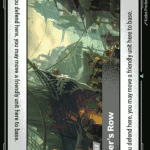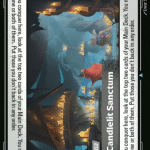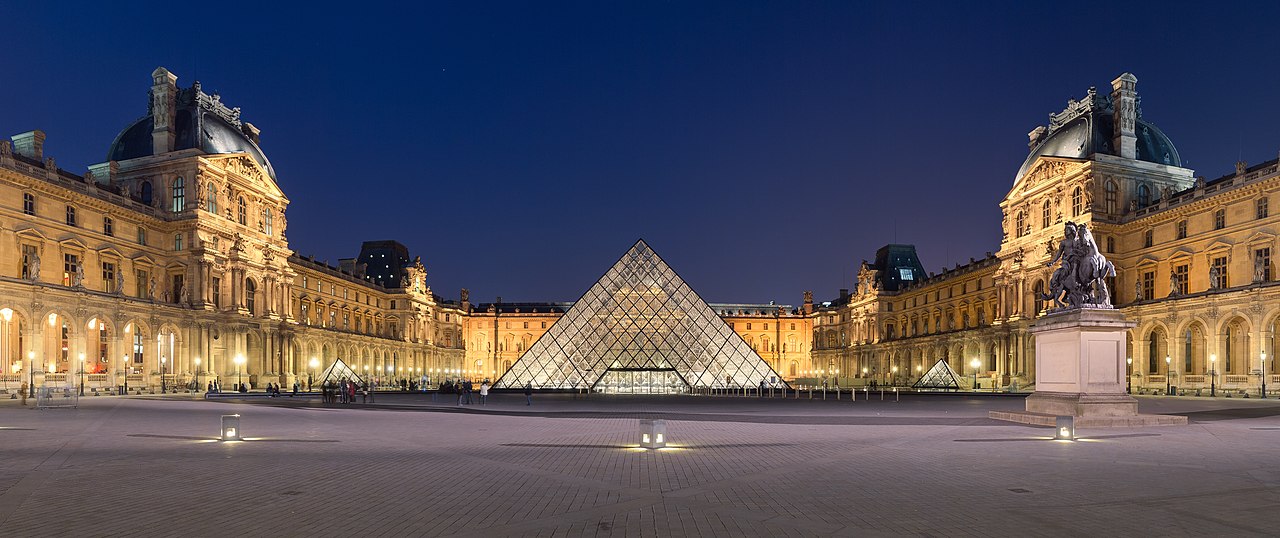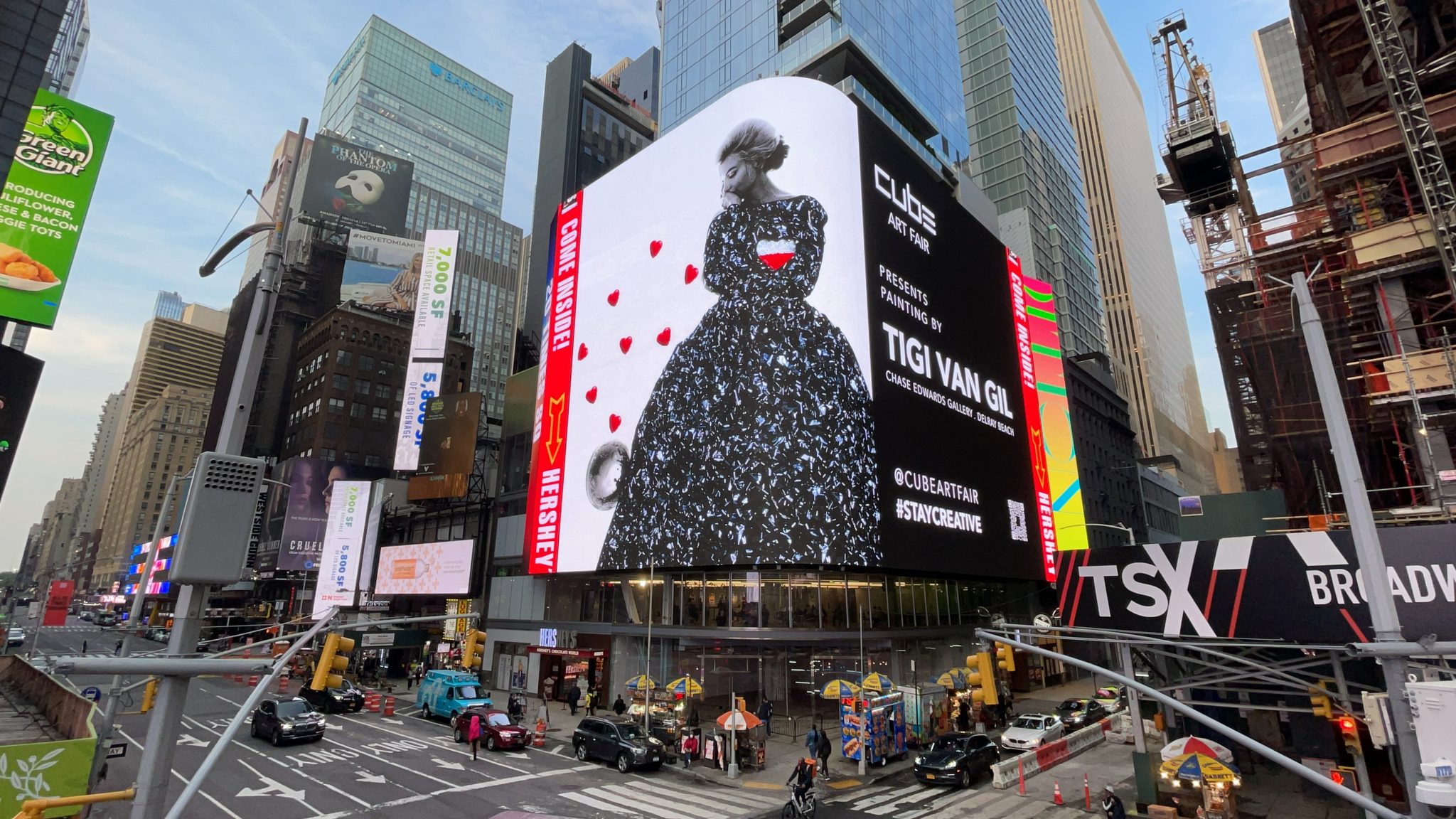“In every work of art, the artist himself is present.” This is a quote from one Christian Morgenstern. Whenever we look at any work of art, we see the artist in it and this applies accurately especially in cases where the artist passed away. We all love beautiful memories especially of people who made history in life; we want to have a part of them with us, it makes us feel as if they never left us anyway. It helps us cope with the fact that they are no longer with us. The work an artist leaves behind acts as a “souvenir” to the art lovers.
Roy Lichtenstein (who passed away in 1997) was one of the most influential artists of the 20th century. Roy showed artistic skills as a teenager as he began painting, drawing and spending many hours in museums. His journey as an artist carried on until the time of his demise. He was preeminently identified with Pop Art, a movement that he helped originate. Two years after his demise, The Roy Lichtenstein Foundation began operating. It was set up in order to facilitate public access to his work, create a catalogue of all known works of Roy and to share information which could assist the development and education of the next generations of curators, critics and scholars. This brings us to the questions: A whole foundation? How much work had he created? He had created more than 5,000 paintings, prints, drawings, sculptures and murals. This is totally amazing, a whole foundation for an artist because his works just have to be seen by the public. Well, he sure lived his artistic life to the fullest.

The foundation has been up and operational until recently when it closed down and donated 400 works to two American Museums: Whitney Museum, New York and Smithsonian Museum, Washington DC. After many years of operating then now close down? Why? What reason can be good enough to close it down? Art lovers probably have a frown on their face right now but don’t, all this was for a good course, maybe even a better course. Closing the foundation down and giving its remains to the museums is part of its mission; to widely disseminate Roy’s work to the public. This is literally a win to the museums donated because it means lots of art lovers streaming in to see Roy’s work. For the public also, they get to see Roy’s creativity. It’s a “jackpot” for both parties.

What is the deal for these museums and the donations? The best part of the donation was that the museums were given the freedom to pick the works they wanted. Whitney Museum got 400 works which is about half of the foundation’s holdings, the curators of Whitney chose 5 paintings, 17 sculptures and 145 prints. Among the key pieces chosen by the Whitney museum were his sculptures titled ”Head of a girl” (1964) and ”Pilot” (1948) all which will be available for public viewing. Smithsonian Archive of American Art on the other hand got 500,000 documents which will be digitized and made publicly available online, this is expected to take between five and seven years.

It is relatively rare for a foundation representing an artist of Roy’s caliber to just stop operating but the good side of it is that the mission has been achieved. Foundations are meant to achieve their missions and The Roy Lichtenstein Foundation has achieved their’s.
















Leave a comment